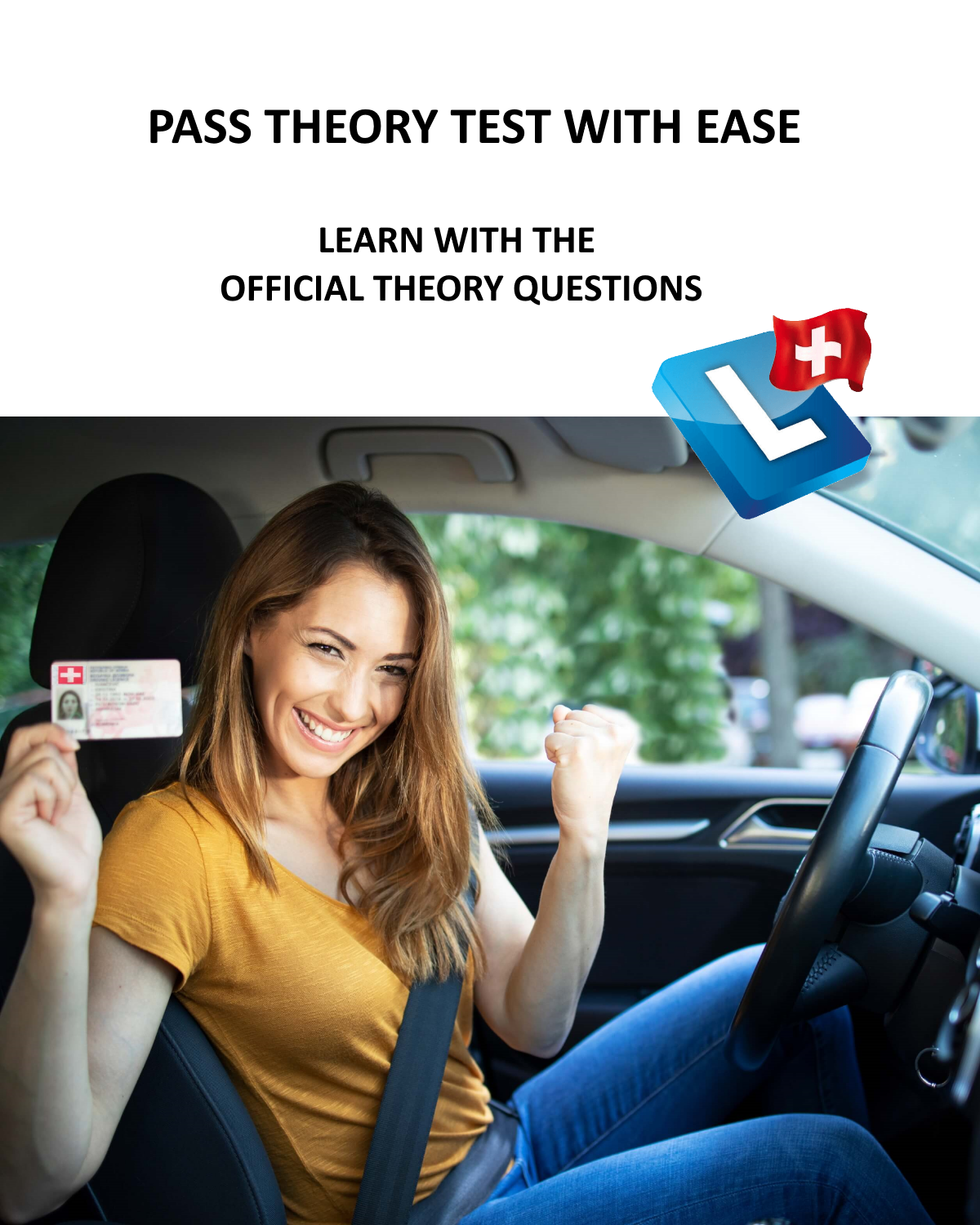Motorways and highways
Only motor vehicles that can and may reach a speed of at least 80 km/h are permitted on motorways and highways.
When towing, the right-hand lane must be used. The hard shoulder may only be used for emergency stops.
The signal “Parking place for breakdown vehicles” indicates places on motorways and highways without breakdown lanes intended for emergency stops; voluntary stopping and parking is prohibited.
To indicate the nearest emergency call point, the sign “Indication of emergency call points” is placed on or above the guidance equipment at intervals of 50 m.
The signals “Motorway” and ” Highway” indicate roads reserved for motor vehicle traffic, on which the special rules for traffic on motorways and motorways apply. The signals cancel all previously signalled restrictions. The signals “End of motorway” and “End of highway” indicate that the general traffic rules again apply.
The signals “Entry from the right” and “Entry from the left” indicate to the driver on motorways and highways that he has to expect vehicles entering the motorway and that he is entitled to give way to these vehicles.
Signposts with white lettering on a green background indicate the way to motorways or highways (“Signposts to motorways or highways”).
The signals “turn right” and “turn left” oblige the driver on motorways to change to the oncoming lane in the direction indicated.
Acceleration and deceleration lanes are marked at junctions as well as at accesses and exits to and from ancillary facilities, and are separated from the continuous lanes by a double line. Acceleration lanes are lanes that make it easier to merge with through traffic on motorways and highways;
Deceleration lanes are lanes used for getting into lane when leaving motorways and highways.
The “oncoming traffic” signal warns of oncoming vehicles. It is located on motorways when a lane is reserved for oncoming traffic (e.g. due to construction work or accidents in the oncoming lane) and at the start of motorways after the “Motorway” signal when the motorway follows a motorway.
When towing, the right-hand lane must be used. The hard shoulder may only be used for emergency stops.
The maximum speed for trailer combinations is also 100 km/h on the motorway.
The general speed limit for vehicles is 100 km/h on motorways and 120 km/h on highways under favourable road, traffic and visibility conditions Tractors, caterpillar vehicles and vehicles with studded tyres may not use motorways and highways.
Broken down vehicles may only be towed to the next exit.
On motorways and highways, turning is only permitted at the designated places. Turning and reversing are prohibited
The central reservation of motorways may not be crossed, even on the existing thoroughfares.
Drivers may only use breakdown lanes and signalled parking spaces for broken-down vehicles for emergency stops; otherwise they may only stop in signalled parking spaces. Vehicle occupants may not enter the carriageway.
Users of the motorways and highways have the right of way over vehicles on the access roads
Drivers may pass other vehicles on the right only in the following cases: when driving in parallel lines; on single-track sections if different destinations are signalled for the individual lanes; on the acceleration lane of entrances up to the end of the double line marking; on the deceleration lane of exits.
Overtaking on the right by swerving and rejoining is prohibited.
On motorways with at least three lanes in the same direction, the extreme left-hand lane may only be used by motor vehicles that are permitted to reach a speed of more than 80 km/h.
When leaving the motorway via the signalled exit, the direction indicator is activated in good time (approx. 500 m) before the exit. If circumstances permit, the brakes are only applied on the deceleration lane.



